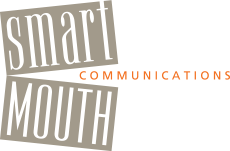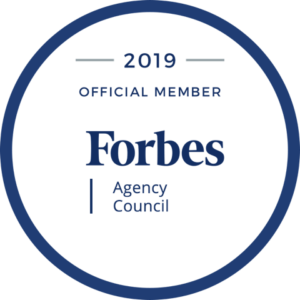SmartMouth Talks!
New to C-Suite: CRO
Enter the CRO, Chief Reinforcement Officer, the person charged with reinforcing company messages over and over and over again.
I was with the management team of a heavy industrial company last week. The culture of this company is such that they are super responsible to the point of being obsessed about accountability and safety. And there are tons of examples of how they live their words of accountability and safety. Yet they face a lot of audiences that just don’t like the business they’re in and so they’re often faced with unfriendly interactions. Opposition. It happens. It’s not fun, but it happens.
So, in training some of this company’s top-level spokespeople, it came up that the General Manager calls himself the CRO, the Chief Reinforcement Officer. I laughed initially, but then I decided it was brilliant! Of course, a CRO! A CRO is absolutely necessary in any company – not just in a company that has a lot of critics. In fact, it should be a team; anyone who is a spokesperson for an organization should be on the CRO team.
Unless audiences hear a message over and over and over again, it will never stick. Reinforcement is the key. Actually, reinforcement is the only way. Saying the same word or phrase or sentence over and over and over again. Tedious for spokespeople perhaps, but effective in creating stickiness with audiences.
I think I’ll cover messaging sandwiches next time. Message – Info – Message. Yep, a perfect sandwich.
Smartphones in the Audience?
More on TMI
Lessons from Carlos Danger
Every Second Counts
The Black Screen
Short, Sweet, Simple
Today’s Teacher: Comics
New Year’s Resolution 2013
Lists. 86 the lists. No one remembers all the items from a list. If I could make one New Year’s resolution for all my clients for 2013, it would be No More Lists!
Quote of the Day
“Three things matter in a speech: who says it, how he says it, and what he says – and of the three, the last matters least.”
– John Morley, British Politician



